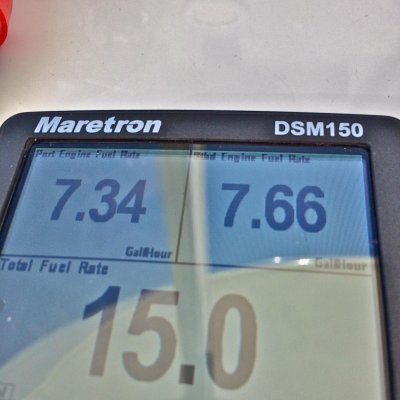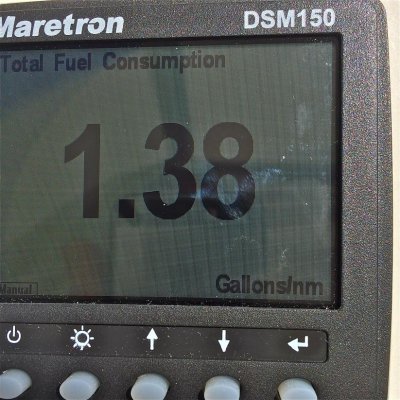On the East Coast, we seem to have plenty of Hell's Gates.
Hells Gate, gap in Cochise County, Arizona
Hells Gate, gap in Gila County, Arizona
Hells Gate, gap in Santa Cruz County, Arizona
Hells Gate, point of interest in Death Valley National Park, California
Hells Gate, cliff in Eagle County, Colorado
Hells Gate, channel in Collier County, Florida near Marco Island
Hells Gate, channel in Camden County, Georgia
Hells Gate State Park, just outside Lewiston, Idaho
Hell's Gate, stretch of rapids on the Kettle River in Banning State Park, Minnesota
Hell Gate, Montana, near the eastern end of the Missoula Valley, Montana
Hells Gate, gap in Esmeralda County, Nevada
Hell Gate, narrow tidal channel in the East River in New York City, United States
Hells Gate, channel in Curry County, Oregon
Hells Gate, channel in Palo Pinto County, Texas
Hells Gate, a channel of the Columbia River at the mouth of Hells Gate Canyon, in Klickitat County, Washington
Hell Gate, a gorge and former rapids of the Columbia River, located at the mouth of Hell Gate Canyon
Hellgate Canyon, a gorge and rapids on the Rogue River in Josephine County, Oregon
That's a few. Just in the US. Many more around the world.




